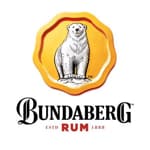
Bundaberg Rum is Australia's favourite and best-known rum. Its mascot is a bipedal Polar Bear called Bundy R Bear, and no Australian ever questions why.
Official website: bundabergrum.com.au
Bundaberg Rum and the Bundy R Bear are icons of Australia, but most especially of the state of Queensland. Bundaberg is a sugar cane growing town in Queensland, and the state identifies with the rum. However, a little-known fact that Queenslanders will dispute fiercely, is that the Bundaberg Rum Australians love so much today originated in New South Wales. A word of warning is needed here for the unwary - don't tell any big burly Queenslanders this particular fact, especially if they have a few bundies under the belt. For context, the rivalry between the two states is epitomised in their nicknames for each other. Queenslanders are called cane toads, a noxious pest, and New South Welshmen are cockroaches.
Australia's modern foundations were built on rum, and the country has a unique past where the rum features heavily in its economic and political development. The British colonised the country as a penal settlement, and no currency was issued, as money was not needed in jail. This shortcoming was filled with rum! When the colony was proclaimed on the 7th February 1788, it was the first day that all the convicts left the ships and the sailors requested a ration of rum to "make merry with the women". That night a massive electrical storm broke, and so did the door to the rum store, with a bit of assistance. But, according to one disapproving account, the flashes of lightning illuminated scenes of debauchery in Australia's first drunken party.
After the first Governor, Captain Arthur Phillip, left the colony, the trade-in rum boomed. It became the currency in the colony for over three decades. Convicts wanted to be paid in rum for extra work or for the services of the female convicts. Australia's first military unit, the NSW Corps, carried out the trade and became known as the worst British Regiment to don the red coat with the nickname, The Rum Corps. When the fourth Governor, William Bligh, fresh from the Mutiny on the Bounty, threatened their lucrative trade, the Rum Corps wouldn't stand for it. Twenty years to the day that the First Fleet dropped anchor in Sydney Cove, they carried out the only military coup in Australia's history. The Rum Rebellion occurred on 26th January 1808, and Bligh was deposed. Sydney threw a huge party, and rum was the tipple of choice. Eighty years later, Bundaberg Rum began to be produced in Queensland.
Bundaberg is a sugar-growing and refining town in Queensland. It was surveyed in 1868, and appropriately enough, the first lots sold were purchased by a hotel owner in 1870. Sugar-cane growing experiments proved successful, and soon the town was booming.
In August 1885, seven local sugar farmers met at the Royal Hotel, Bundaberg, to discuss what to do with the by-product of the sugar refining process, molasses. Molasses are the thick, dark, rich syrup left over when the sugar crystalises during the cooking process. It can be used in cooking and converted to stock feed, but the first had only a small market, and the second was too expensive to be worthwhile. Molasses was also too difficult and heavy to transport at the time. While our seven farmers sat in the Royal Hotel mulling over their molasses problem, one of them suggested a rum! We can imagine them sipping thoughtfully on their rums before the idea clicked actually to make it. They organised the capital, built the distillery, and began distillation in 1888. The year after, the first batch of Bundaberg Rum was ready for drinking.
Soon it was being shipped in barrels to all the other Australian colonies, where it was bottled for the local market. Bundaberg had no glass manufacturing, so the distillery paid locals for their empty chicory essence bottles, the square bottles. As the rum became more popular, the square bottles were retained for pragmatic reasons; they are easier to box, require less room, and are less likely to break in transit. The square Bundaberg Rum bottle is now an icon of the brand.
In the 1890s, disaster struck for the first time! An economic depression exacerbated by a prolonged drought saw the company go into receivership. Three businessmen saved it, and the distillery began production again a few years later. When the Australian contingent for the Boer War left in 1899, they took barrels of Bundaberg Rum as the ration for the troops.
The second disaster happened in 1907 when a fire broke out in the distillery, and it took two years to rebuild, but distillation couldn't begin until 1914. Then in 1936, the distillery was hit by lightning and again caught fire. This time the rum and molasses also went up in flames and poured into the Burnett River. The burning rum floated, making the river appear aflame in one of Bundaberg's most dramatic fires. It took until 1939 for production to restart, just in time for World War Two.
During World War One, it is likely that Bundaberg Rum was shipped with the troops to Gallipoli in 1915 in ceramic crocks labeled with SRD. The initials stand for Service Ration Depot, but the soldiers were sure they meant; "Seldom Reaches Destination", "Soon Runs Dry" and "Seldom or Rarely Delivered". Thousands of sherds of these ceramic crocks were discovered by Australian archaeologists during an investigation of the trenches at Gallipoli. Interestingly, the archaeologists found that the Turkish Troops were drinking beer in their trenches, a fact that the Anzacs probably didn't know!
On the Western Front, it was discovered that rum was the best first aid for soldiers gassed with phosgene gas. The fumes of the rum mixed with the gas made the soldiers vomit most of the gas out. One Aussie digger, who was not a drinker, was blown up and gassed and was attended by a medical officer from Bundaberg, "Doc" Thompson. The young soldier was suffering shell shock and shaking when Doc Thompson gave him a full mug of rum to drink. He was protesting that he wanted to go back to his Regiment, and this is his story.
"Here, drink this," he said, not unkindly. I tried to raise the brimming mug to my lips.
"You can't even hold a mug, let alone a rifle."
"Doc, this is rum. I don't drink."
"Well, you do now. Just drink it!" More firmly, this time.
I did as I was told, and lay down on the stretcher. Twenty-four hours later, I awoke from a deep sleep. I wasn't shaking. Doc Thompson was standing over me, grinning:
"Right, my fine lad, you're on a special daily issue from now on. If you insist on staying, that will be your medicine". Well, I have stayed so long, that I am still around to write this in my nineties! And I have been taking my medicine - like a good boy - ever since! (source)
During World War 2, publicans and the producers of Bundaberg Rum noticed that the USA's soldiers and sailors drank their rum mixed with coke. The blokes at Bundy took advantage of this, and Australia's first premixed drink was produced; Bundy and cola. It has remained a firm favourite ever since.
In the 1950s, the brand really established itself as Australia's favourite spirit, but this happened in Sydney, not Queensland! In 1951 the recipe was redesigned into the rum Australia knows and loves so much today. The rum was still transported in barrels and bottled locally, but Sam McMahon redesigned the iconic square bottle and yellow label for use all over Australia in Sydney. Sam was the brother of William McMahon, a former Prime Minister of Australia, and was a part-owner of Australian Rum Distillers Pty Ltd, makers of Bundaberg Rum. He is also the father of the Bundy R. Bear, who was born in Sydney at the Argyle Stores in 1961. Bundy R. Bear is a New South Welshman, not a Queenslander!
The Argyle Stores feature on Australia's $20 note, but not for its association with the development and marketing of Bundaberg Rum. The building was constructed by Mary Reibey, a 13-year-old cross-dressing horse thief, when she was transported to Australia named Molly Haydock. At 17, she married Thomas Reibey, changed her name to the more respectable Mary, and began having babies. Thomas was a trader in rum and other goods from the British East India Company and was prospering when he died, leaving Mary with seven young children and extensive business interests. Mary took them over and became the wealthiest woman in the country. She features on the $20 note with the building she constructed in 1820, where the Bundy R. Bear was born.
Like many words in Australia, the name Bundaberg is often shortened to Bundy. For more than 60 years, it has featured a Polar Bear as its mascot. No Australian ever questions why a Polar Bear was chosen. The Bundy Bear is just accepted and is beloved all over the country. The actual reason was to suggest to the southern states that Bundaberg Rum would warm you up on the coldest of winter nights. The rum is produced in sub-tropical Queensland, in a town that rarely gets below 12°C and where it has never snowed. The coldest temperature on record for Bundaberg occurred in 1960, when it was a chilly 3.3°C, so this reason has been forgotten by all but the most die-hard of Bundy aficionados. Now Australians drink the rum to cool down, not warm up! Although many old, tough Queenslander men will tell you that to get rid of a cold, drink a large glass of straight Bundaberg Rum, wrap yourself up until you sweat, and sleep on it. (This cure is not recommended by any doctors or most people who have tried it.)
The Queenslanders decided to take back their icon and, in 1974, commenced bottling and distribution from the distillery at Bundaberg. Marketing also started in earnest, and Bundaberg Rum began sponsoring sporting teams, especially Rugby League and Union teams. They were also major sponsors of three games of Rugby League played between the cockroaches and cane toads every year. The State of Origin stokes the rivalry between the states, and Bundaberg Rum uses the events for advertising.
Bundy Bear features heavily in Bundaberg Rum advertising, where he is the best mate of the sportsmen, coming to their aid, or being the good-natured butt of their jokes. In one advertisement, he is shown in a bathtub getting ready for a night out; one of his mates drops a red sock into the steaming water. Bundy turns up later at the party with his fur dyed pink from the neck down, to the laughter of his mates, all drinking premixed cans of Bundy and cola. He tells the boys how clever they are when an attractive young lady says to Bundy that she likes a man who is brave enough to wear pink. She invites him, but not his mates, to meet her equally attractive three girlfriends. In another advertisement, he is the 'drop bear' on a camping trip with his mates; the car's boot is filled with ice and varieties of premixed cans of Bundaberg Rum. His mates, holding the cans, warn beautiful young European ladies camping under a tree that it's dangerous because of drop bears. They don't believe the boys who are stumbling over the explanation until Bundy falls out of the tree onto their tent. The young ladies run screaming to the boys' camping area, with Bundy giving his mates a wink.
Diageo Australia purchased the Bundaberg Distilling Company in 2000. The rum gets its unique flavor from the local sugar cane is grown in rich volcanic soil and aging in Appalachian Range white oak wooden vats for two years. It is exported around the world and has won several notable awards. For example:
Bundaberg Blenders Edition 2015 was awarded World's Best Rum, 2016
Bundaberg Rum Solera won World's Best Dark Rum, 2017
The Bundaberg Distilling Company was inducted into the Queensland Business Leaders Hall of Fame in 2010 as part of Queensland's 150 Anniversary celebrations. The distillery features the Big Bundy Bottle, another addition to Australia's love of Big Things as tourist drawcards.
The rum is marketed to men, mainly young fit men who identify with the sportsmen who hang out with the Bundy Bear. As sponsors of the Australian National Rugby Union and Rugby League teams and the State of Origin, the brand is associated with sporting prowess and team playing. So sinking a few Bundies with your friends is a mark of Australian mateship.
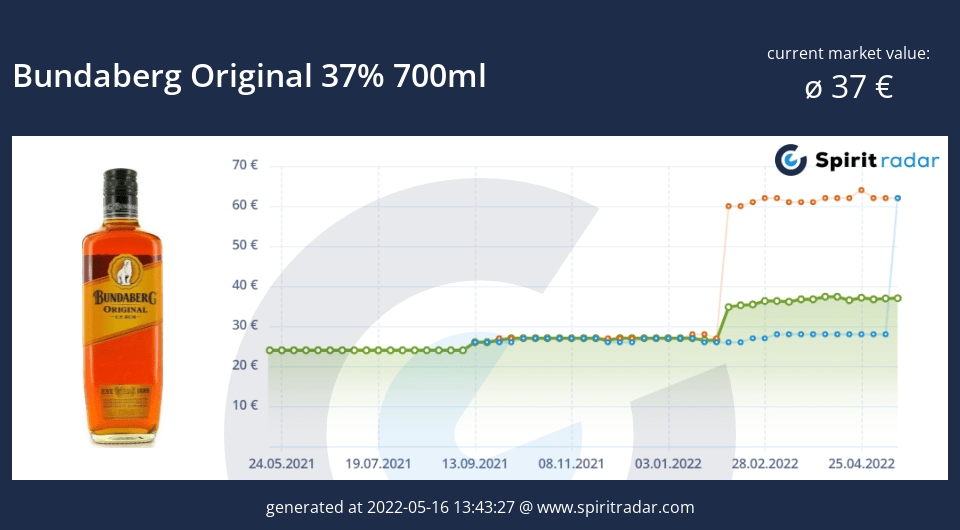
Bundaberg Original Rum is Australia's famous and favourite rum. It has been produced at Bundaberg Queensland since 1888 and comes in the iconic square bottle with the yellow label. It is a distinctive dark rum that is most often mixed with coke. It also goes well mixed with ginger beer and is called a Dark and Stormy. Both drinks can have an added lime wedge, but like salad at a barbeque, it's not necessary.
Bundaberg Rum is a dark rum with a caramel sweetness overlaid with intense woody notes and hints of floral and spice.
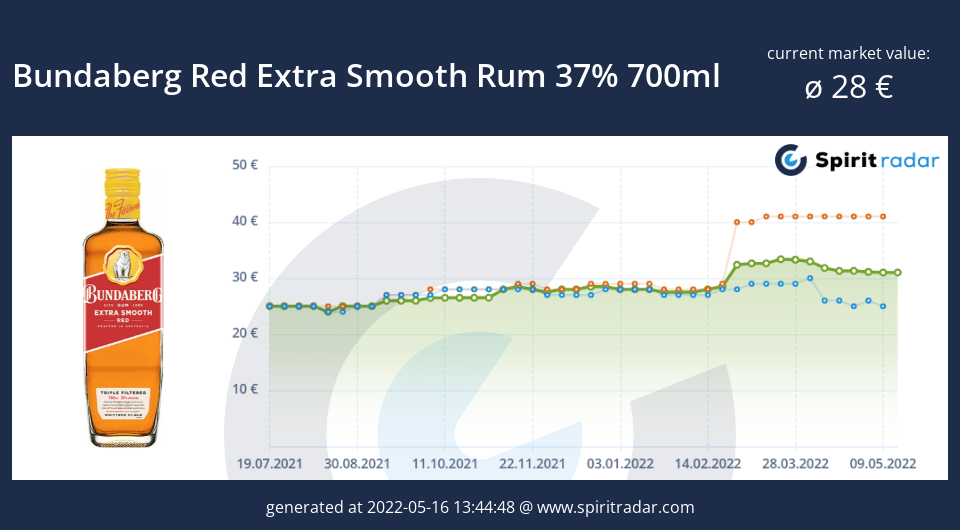
Bundaberg Red Extra Smooth Rum, known as Bundy Red, first went on the shelves in 2008. Within two years, it had captured 15% of the market. It is a smoother rum which gets its distinctive taste from filtration through Redgum charcoal. It is often mixed with cola or ginger beer.
Bundaberg Red is a dark rum with an incredibly smooth taste; the aroma has honey and caramel notes. The flavor reveals brown sugar intermixed with the iconic caramel of Bundaberg Rums and a long smooth finish.
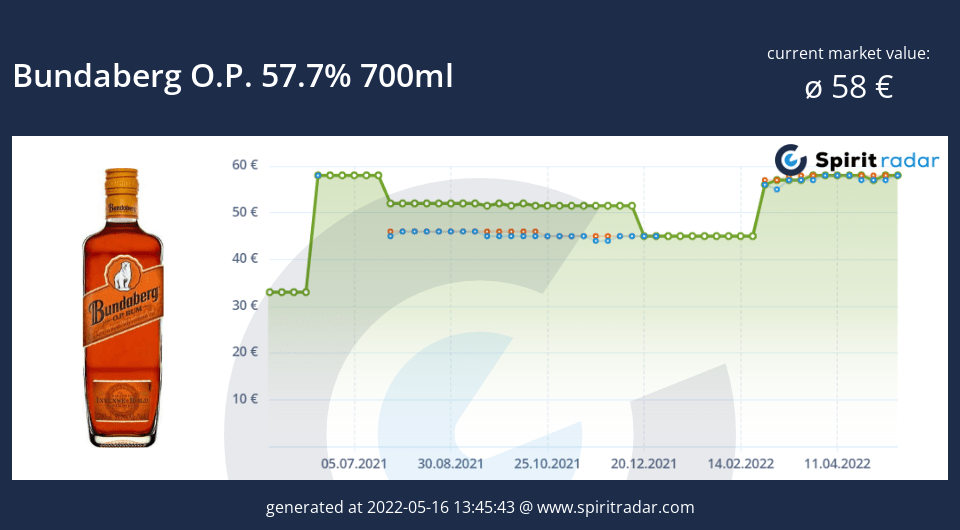
Bundaberg Overproof Rum is a stronger version of the original with a similar but more flavourful distinctive taste. More oak notes are mingled with intense caramel for a more romust drink.
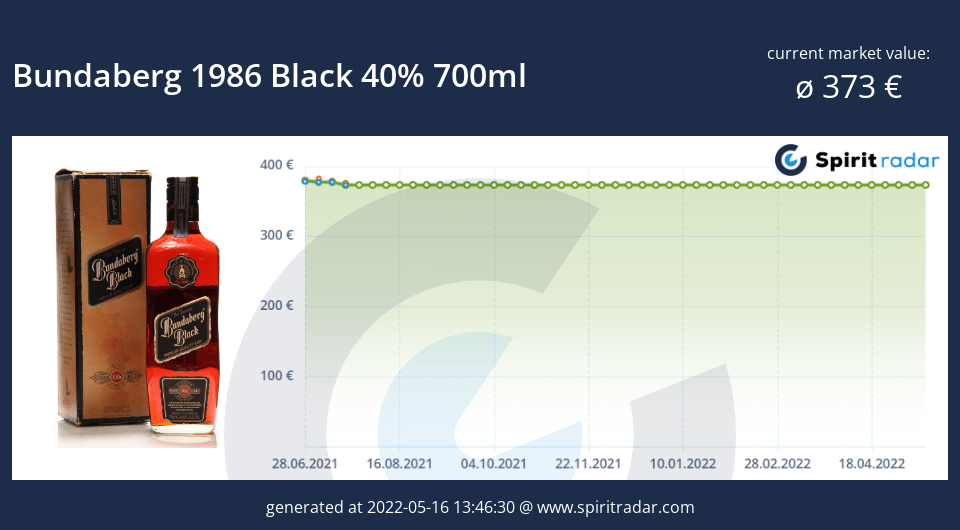
The first batch of Bundaberg Black was bottled in 1986 for limited release. It is a hand selected old rum aged in American oak for ten years. The bottles are individually numbered and are collectors' items now. The rum displays aromas of clove, sultana and dates with a hint of oak. The rum has warm cinnamon and liquorice flavors on the palate with black pepper and a hint of ginger. It has a long molasses, pepper, and oak finish. It is a perfect neat rum enjoyed over ice.